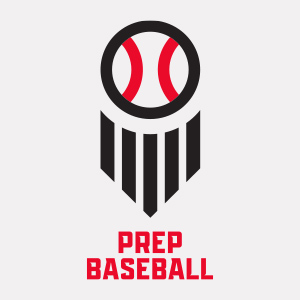87
Velocity (max)
6/22/23

Rankings available to Premium Subscriber
Rankings available to Premium Subscriber







To unlock contact information, you need to purchase a ScoutPLUS subscription.
Purchase Subscription
Uncommitted. 6-foot, 175 pounds. This is one of my favorite arms in the class, and he easily has some of the best pitchability in the Peach state. When you can throw 4 completely different pitches on command in any count, you become very unpredictable. His last name fits perfectly to what he can do to hitters, he’ll trap you in the “Spider Webb” and spin you to your demise. You can see it in my tweet on him from last fall as well as the video below, where he started the game with a whiff on a 77 mph SL. Both of his breaking balls play extremely well off his carry FB. The pitch works in the 84-86 range T87, and can be dominant up in the zone with 18-21 IVB. Although the pitch is low spin, it rides like a high spin FB due to spin axis. The IVB his FB produces is what you would see in a high spin FB, allowing it to play well up in the zone. His sharp SL with late sweep+depth, and his 1-7 CB play very well off the heater up. Other than his SL, my favorite pitch Webb throws is a bugs bunny CH that he can literally throw right down the middle off his carry FB and get whiffs. Jared is just a jump in velocity away from being highly courted by a handful of D1 programs. I think this summer will be his summer.